Build Thread YUKON007's '82 CJ7 Build.
- Posts
- 11,552
- Media
- 57
- Thanks
- 11
- Location
- Frederick colorado
- Vehicle(s)
- 84 cj7, 91 cherokee, 78 chevy 3500 pu, 78 CJ7
:lpopcorn:
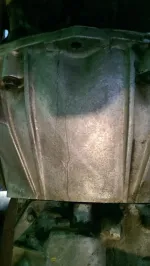
But only you can be the judge.
+1 - Time for a very close inspection of that area. It's tough to resolve with a smallish computer screen and my 50 year old eyes.
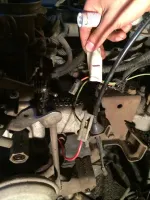
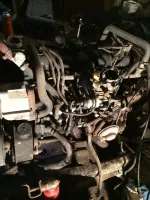
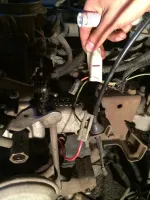


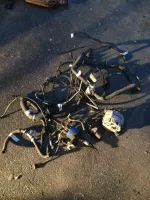
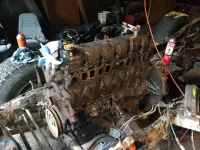

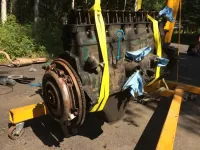
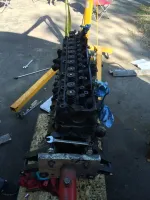

We also drained the transmission which I didn't expect to look like pancake batter.

Just a quick caution on the POR. Follow the directions, prep is key.
 do all three steps and it will last forever.
do all three steps and it will last forever.
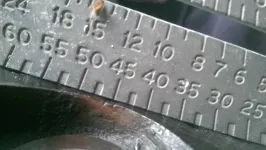

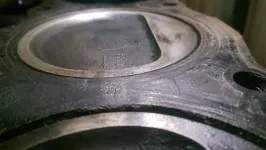
We use essential cookies to make this site work, and optional cookies to enhance your experience.
-->> CLICK HERE <<-- to see further information and configure your preferences.
